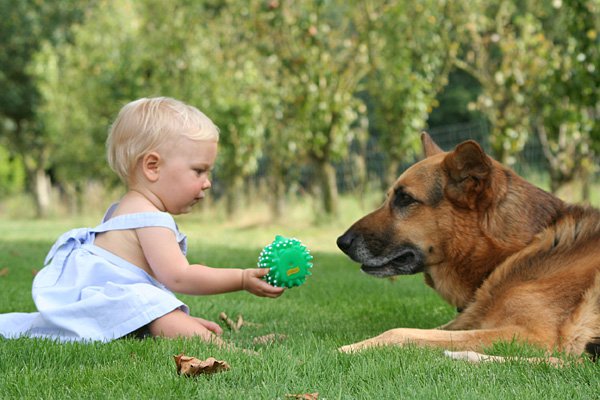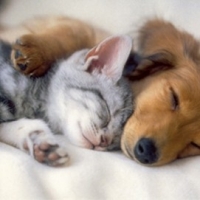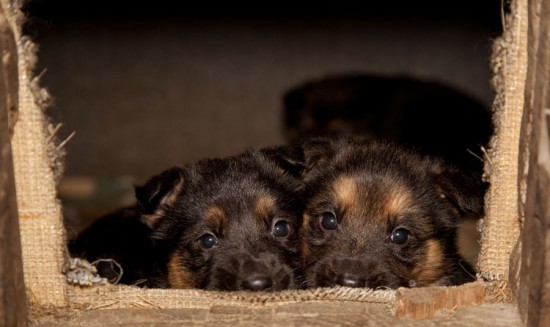
What do hummingbirds eat?
Hummingbirds are nectivores and insectivores; approximately 90% of their diet comes from nectar and 10% from arthropods (flies, wasps, spiders, beetles, and ants). If you watch closely, you will sometimes notice them picking insects out of spider webs or off leaves, bark, etc.
What is the composition of nectar?
The sugar in flower nectar is primarily sucrose, like that of white sugar. So don't use honey or artificial sweeteners (illogical says Spock, but some people do). Many of the flowers hummingbirds feed upon have a sugar concentration of approximately 20%.
How do I make my own nectar?
To imitate the natural flower sugar concentration of 20%, use a solution of 1:4. This won't give you an exact concentration of 20% because in reality sugar and water molecules have different atomic weights...yada yada yada...which means you can't simply divide to get your percentage by volume alone. Anyway, 1:4 will actually give you an 18.6% sugar concentration. Close enough, and the hummingbirds won't be saying, "Where's the other 1.4%?!"
As an example, you can mix 1 cup of sugar with 4 cups water. If you only have one feeder and don't want to store leftover mix (fresh is always better), then use 1/4 cup sugar to 1 cup of water.
What if I want to make the nectar stronger?
Well research has shown that when given the option, hummingbirds preferred higher concentrations of sugar in their nectar, up to 50%. But I would stick with 20%. It will be easier to keep your feeders clean which is essential. Feeders will be less sticky and the chance of the solution fermenting or growing fungus (mold) is less. The mold that grows in hummingbird feeders can give hummingbirds a fatal tongue infection.
What if I want to make the nectar weaker?
The more diluted the nectar, the more consumption of nectar is needed to satisfy a hummingbird's energy requirements. Weaker concentrations are less attractive to hummers & you'll find they may just stop coming to your feeder to find a better, concentrated source. So stick to 1:4.
What about adding red dye to my nectar to attract hummingbirds?
Not necessary. There still debating this one, but artificial colors may be harmful to hummingbirds. So don't add any. If you want to add some color to your feeder, use red ribbon or tape instead of dyes to attract them. Once hummingbirds start visiting, they'll know where to return and the extra color isn't needed.
How often should I clean my hummingbird feeder?
You should clean your feeders at least every 3 days in hot weather and 6-7 days in cool weather. Otherwise fermentation can occur and mold & bacteria will grow, which can be fatal to hummingbirds. In addition, hummers won't like the taste of the nectar & stop coming to your feeders.
Follow these steps to keep your hummingbird feeder clean and your hummingbirds healthy:
1. Empty reservoir and rinse in a mixture of hot water & vinegar
2. Add rock salt or uncooked rice grains to the rinse & shake to dislodge mold (black scum)
3. Empty feeder and rinse again thoroughly with hot water
4. If mold or any other residue remains, scrub with a toothbrush or bottle brush
5. Refill with nectar solution, hang feeder and enjoy!
Wishing you bird watching bliss!
Sonia
 Canine Tail Docking - The Law In The Uk
Canine Tail Docki
Canine Tail Docking - The Law In The Uk
Canine Tail Docki
 Advantage of Selecting the Right Dog Boarding Service for Your Pet
Advantage of Selecting the Right Dog Boarding Service for
Advantage of Selecting the Right Dog Boarding Service for Your Pet
Advantage of Selecting the Right Dog Boarding Service for
 Pet Proof Your Home
Having pets are liking having small children at home. We
Pet Proof Your Home
Having pets are liking having small children at home. We
 Puppy Farming - The Reality
Puppy Farming - T
Puppy Farming - The Reality
Puppy Farming - T
 Finding the top Vet for Your Beloved Pets at Animal Hospital in Coquitlam
Finding the top Vet for Your Beloved Pets at Animal Hospit
Finding the top Vet for Your Beloved Pets at Animal Hospital in Coquitlam
Finding the top Vet for Your Beloved Pets at Animal Hospit
Copyright © 2005-2016 Pet Information All Rights Reserved
Contact us: www162date@outlook.com